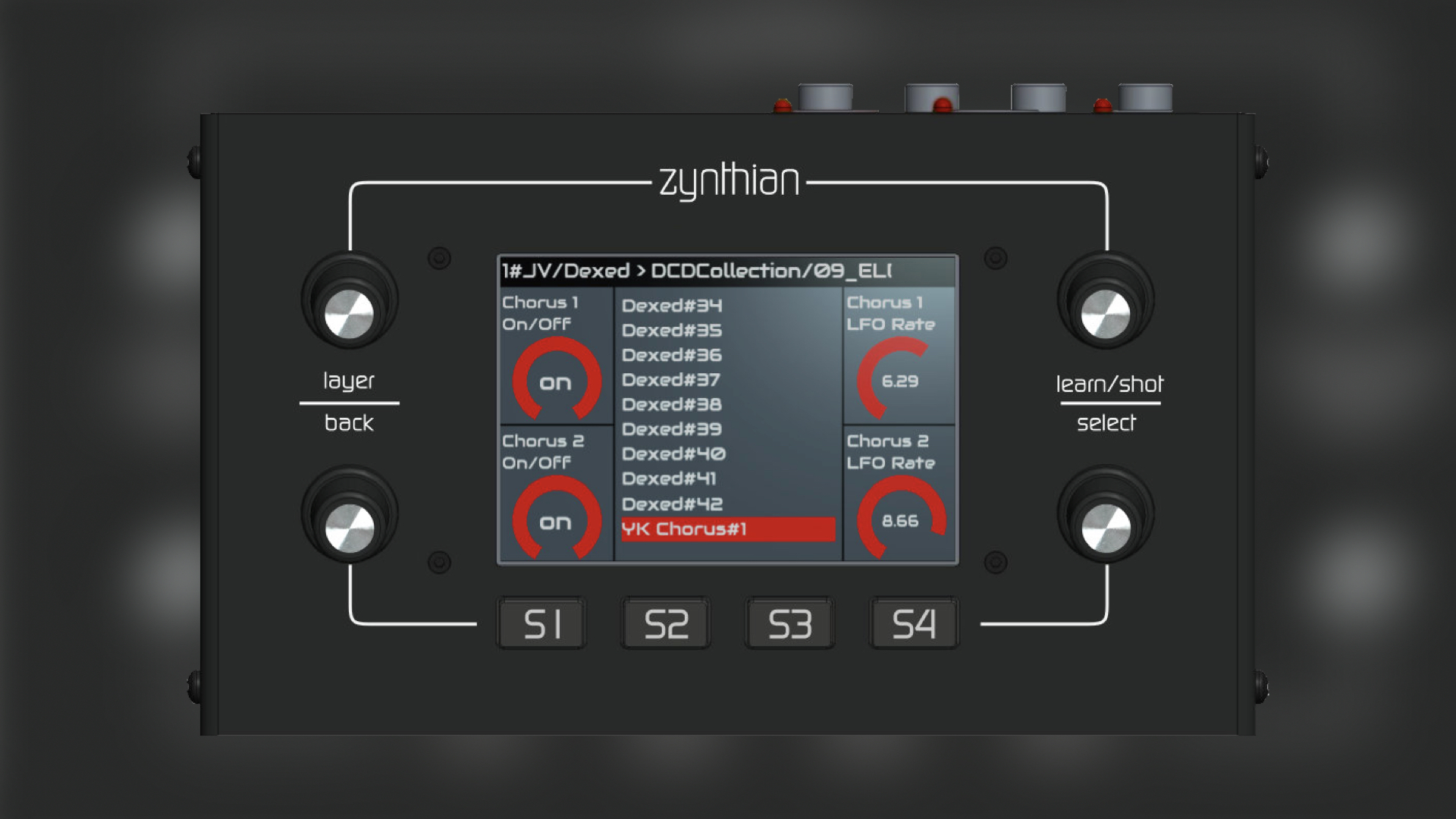

When I'm only running PTQ on 1 core, the orange audio load will easily spike under normal conditions causing cpu overload/dropouts - and by spike I mean the orange graph will spike above the blue ptq index line. lots of notes/sustain/bass/dynamics etc.). Extra cores will also help keep the orange audio load graph in check when there are spikes in CPU usage (e.g. Mainly you don't want the blue PTQ index to drop below the audio load (orange graph) - causing dropouts.Ģ. If you see wide fluctuation in the blue line, this means that the estimated available CPU power / overhead is being used up by other programs. You want this blue line pegged to the top of the graph - and you can get that by either assigning more cores to Pianoteq or getting rid of unnecessary background processes that eat CPU cycles. The blue line represents the CPU power available to Pianoteq. It will stabilize/peg the Pianoteq Index (blue line) to the top of the graph so it doesn't fluctuate.

You may also see dual ptq indexes on computers with hyper-threading, with the virtual hyper-threaded cores showing a lower ptq index.Īssigning Pianoteq to more cores will do two things:ġ. If I assign Pianoteq to all 6 cores, the ptq index will show 20.34. In the case of the N2+ if I assign Pianoteq to 1 of the low-performance cores I get a ptq index of 20, and for a high-performance core 34 (38 if overclocked). It doesn't matter if I assign Pianoteq to 1 or all cores, I get the same Performance Index number. The Pianoteq performance index reflects the performance of a single core. For reference, the N2+ has 6x cores: 2x low-performance and 4x high-performance cores. I'm running Pianoteq on the Odroid N2+ where I can assign the 6 cores to Pianoteq and I was able to play around with the core assignments to get a better idea of how it worked.
Pianoteq cpu number of mics full#
Yes Pianoteq takes full advantage of additional cores, but also yes, it's not so obvious what's going on. Or only from individual core score? These specs are always too general.


 0 kommentar(er)
0 kommentar(er)
